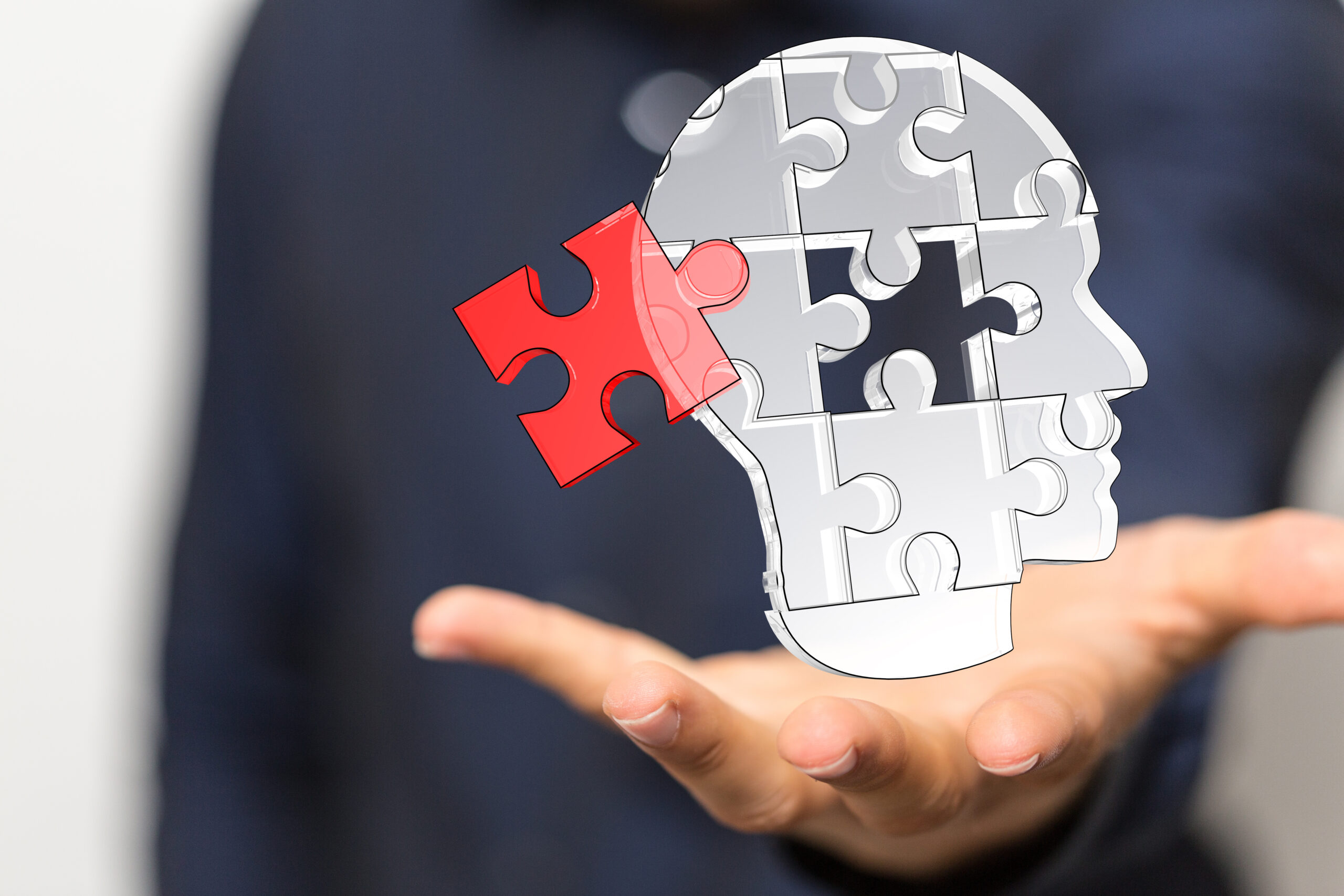Exploring the development of digital twins to model individual Alzheimer’s trajectories
### Exploring the Development of Digital Twins to Model Individual Alzheimer’s Trajectories
Alzheimer’s disease is a complex condition that affects millions of people worldwide. One of the biggest challenges in treating Alzheimer’s is that each person’s experience with the disease is unique. To better understand and treat Alzheimer’s, scientists are turning to a new technology called digital twins.
#### What are Digital Twins?
Digital twins are virtual replicas of real objects or systems. In the context of Alzheimer’s, a digital twin would be a personalized model of an individual’s brain. This model would use data from neuroimaging and other sources to mimic the brain’s networks and dynamics.
#### The Neurotwin Project
The Neurotwin project, funded by the European Union, aims to create these personalized brain models. By using neuroimaging data from Alzheimer’s patients, scientists can build a model that reflects the individual’s brain networks and dynamics. This model will help design and test personalized neuromodulation protocols to restore healthy brain function.
#### Clustering Alzheimer’s Patients
Another approach to understanding Alzheimer’s is clustering patients based on their biomarker progression patterns. A recent study used the Alzheimer’s Disease Neuroimaging Initiative (ADNI) data to develop a novel clustering approach. This method groups patients into distinct subgroups based on their biomarker trajectories, highlighting the heterogeneity of Alzheimer’s disease.
#### Predicting Alzheimer’s Onset
Researchers are also working on predicting when Alzheimer’s will start in individuals. A study developed the Florey Dementia Index (FDI) to predict the onset of mild cognitive impairment (MCI) and Alzheimer’s disease. The FDI model uses statistical analysis and machine learning to predict the age at which MCI or AD will begin, helping clinicians develop early care plans.
#### The Future of Digital Twins
Creating digital twins for Alzheimer’s involves mapping a person’s organs, tissues, cells, genes, and molecules. This includes incorporating data from external factors like exposure to viruses or social environments. The long-term goal is to use these digital twins to predict long-term health risks, assess treatment responses, and simulate surgeries.
The development of digital twins for Alzheimer’s is a collaborative effort involving researchers, engineers, physicians, and patients. It requires addressing privacy and safety concerns while navigating the complexities of personalized medicine.
By exploring these innovative approaches, scientists hope to deliver more effective, individualized treatments for Alzheimer’s disease, ultimately improving the lives of those affected by this condition.





